Palm plants are one of the most popular indoor plants around the world and the best green living ideas. In most of the movies or television shows, you can see indoor plants and palms are the most common plants from them. Shopping complexes or malls plant the palms more commonly because they are easy to maintain are grow. Even in hotels or restaurants, you can easily see palms decoration. Best Air Purifier Plant – PALMS (Arecaceae or Palmae) is easy to grow and perfect to make a majestic tropical atmosphere. They are also known as natural air purifier and they are very affordable too. So it means I am not going to hurt your pocket with a very costly idea here.
It’s not only about decorating your home with green living ideas indoor house plants but it’s about getting fresh air inside your home. nowadays we breathe in very polluted air which nobody wants to do but there is no solution for this until you settle down in a hill station area where no pollution comes, but it is just a dream because not all of us can get this opportunity so I found an alternate for all of you to get fresh and purify air inside your home by planting few indoor plants which are easy to maintain and palms are one of them.
Check out the complete list of best indoor plants for clean air: 10 Indoor Plants For Clean Air – From Nasa Clean Air Study
Things you need to remember for indoor palms (Arecaceae or Palmae).
- Bright Light: Some palms can live a low light environment, that’s palms are good for indoors. But most palms like bright lights like direct sunlight. Low light can make palms abnormal and weak, so if you are choosing palm you should always choose one that can tolerate the low light situations.
- Heat: Normal heat atmosphere is not a big problem for palms, but too much dry heat can damage the leaf, or even it can damage the root also. So whenever you are keeping plants inside the house keep remember that it should not have any direct contact of heaters or Air Conditioners.
- Water: Water is life for are plants and trees. So, palms always appreciate regular watering. If you are regularly watering the palms, it will grow faster. But remember palms don’t like to sit in the water all the time, always watering it with a proper schedule.
- Fertilization: Fertilization is neither so easy nor so tough to do; indoor palms need less fertilization than others. Indoor palms get low light, less heat so it will grow slowly that’s their need for fertilizer is less. Overfertilization can burn the root of the palms and this is the most common problem for indoor plants.
- Humidity: Humidity is the biggest factor for indoor palms’ health. Low humidity can dry the leaflets; make it a weak and also dead root.
- Air-Flow: Poor airflow can allow for an infestation of mites or insects that can cause damage to the root and leaves. It’s good if you can periodically move your palm outside for good airflow and in direct sunlight. They are the best air purifier plants.
Most Common Problems:
- Brown Tipping: This is caused by low light and low humidity.
- Dry Leafs or Leaf Loss: Also caused by low light and humidity.
- Insects or Mites: Caused by bad airflow or bad light.
- Over Watering: Never overfill the pot they don’t like to sit in water.
Types of Palm (Arecaceae or Palmae) Plants
Parlor Palm: Parlor Palm is the best indoor plant. They are easy to care for and grow. They can live in low light as well as colder conditions too. And also they consume normal watering and fertilization. For growth they do take some time, it’s depending on the lighting conditions too. They will sprout yellow flowers and seeds after a few years, but it’s not necessary seeds are likely to grow plants.
Some Facts about Parlor Palm:
- Their origin is Mexico.
- Max Growth is 4 ft.
- It’s non-toxic to Cats and Dogs.
- The average temperature they need is 65°F (18°C) to 50°F (10°C) at night.
- Re-pot is necessary only when it became pot bound.
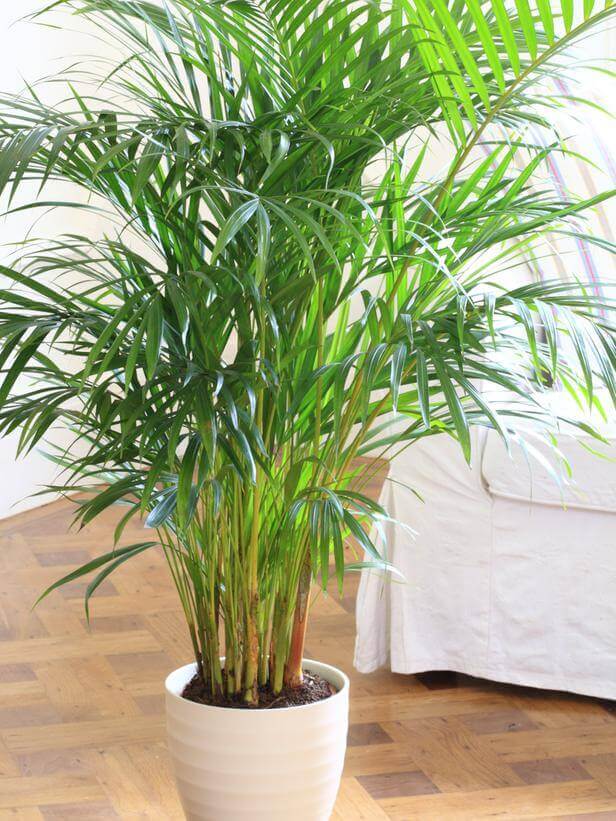
Kentia Palm: Kentia palm is also a popular choice for indoor plants. Similar to Parlor, they don’t consume a great amount of water and fertilization and they can also survive the low light conditions. They are also slow growers but they are bigger then parlor palms.
Some Facts about Kentia Palm:
- Their origin is Lord Howe Island (Australia)
- Max Growth is 10 ft.
- It’s non-toxic to Cats and Dogs.
- The average temperature they need is 65°F (18°C) to 55°F (12.7°C) at night.
- Palms generally don’t like to change their pots, so re-pot only when it became pot bound.
Sentry Palm: Sentry Palm is not a popular choice for indoor plants. It looks like Kentia palm but its leaves have more curved than the Kentia. They are also slow to grow and they need a big space to grow like a hallway.
Some Facts about Sentry Palm:
- Their origin is Lord Howe Island (Australia)
- Max Growth is 10 ft. (More in the garden)
- It’s Toxic to Cats and Dogs.
- The average temperature they need is 65°F (16°C) to 55°F (12.7°C) at night.
- Re-pot is necessary only when it became pot bound.
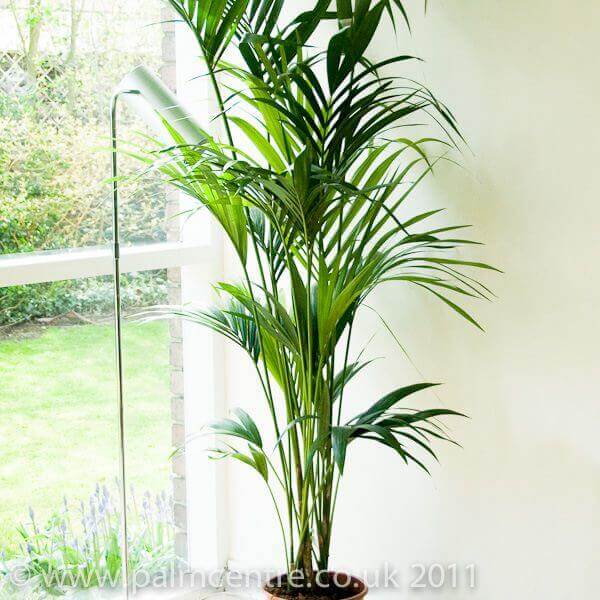
Pygmy Date Palm: Pygmy Date Palm is another type of palm indoor plants. It’s also called miniature or dwarf palm. Their leaves are slimmer than the three above mentioned palms.
Some Facts about Pygmy Date Palm:
- Their origin is South-East-Asia.
- Max Growth is 6 ft.
- It’s non-toxic to Cats and Dogs.
- The average temperature they need is 65°F (16°C) to 50°F (10°C) at night.
- Re-pot is necessary only when it became pot bound.
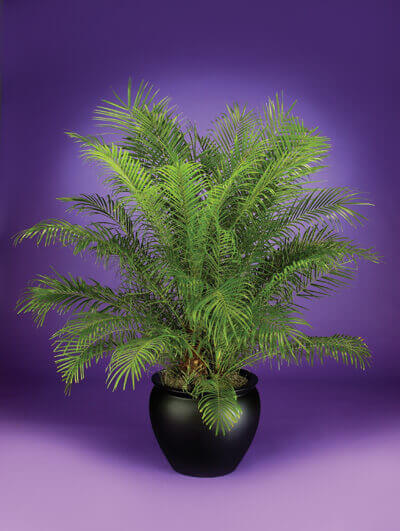
European Fan Palm: European fan palm is good as indoor plants. Their fronds spread in a circle and grow upwards that’s why they look like a fan. They are a very slow-growing plant, they can take 5 years to reach about 3 to 4 ft.
Some Facts about European Fan Palm:
- Their origin is Southern Europe.
- Max Growth is 4 ft. tall and 3ft spread.
- This is cold hardy palms so you don’t have to worry about the temperature that much.
- Re-pot is necessary only when it became pot bound. Approx. after 3 years.
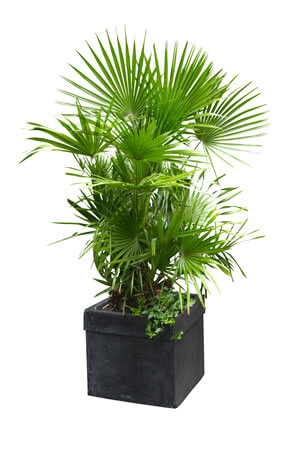
Broadleaf Lady Palm: Broadleaf Lady Palm best indoor plants and office plants. They are also like a fan. And this plant proved in removing airborne toxins including ammonia, formaldehyde, xylene, and carbon dioxide. It makes your home cleaner and safer to breathe. So it best air purifier plant.
Some Facts about Broadleaf Lady Palm:
- Their origin is China and Taiwan.
- Max Growth is 14 ft. tall.
- It’s non-toxic to Cats and Dogs.
- The temperature they can survive is 20°F (-6°C) to 100°F (37°C).
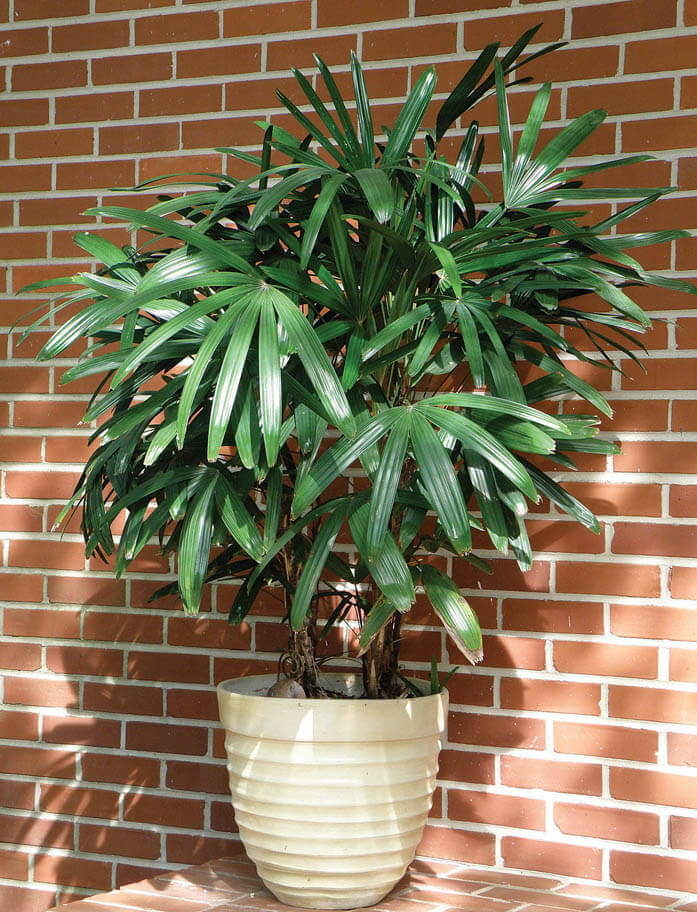
Areca Palm: Areca Palm is good for indoor plants. It’s also called butterfly palm. Growing is easy and very similar to many of the other palms.
Some Facts about Areca Palm:
- Their origin is Madagascar.
- Max Growth is 8 ft.
- It’s non-toxic to Cats and Dogs.
- The average temperature they need is 65°F (16°C) to 55°F (12.7°C).
- Re-pot is necessary only when it became pot bound. Approx. after three years.
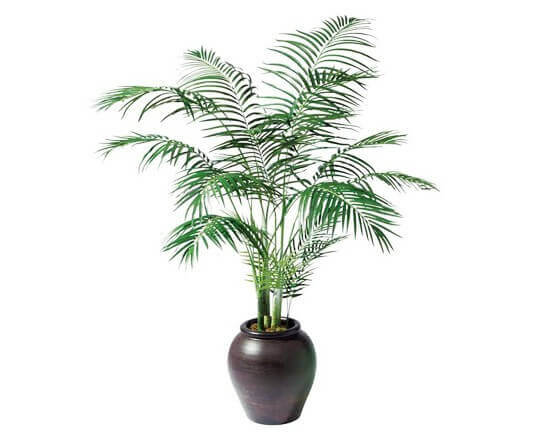
Sago Palm: Sago Palm is not that good for indoor. It will not grow well in the low light conditions. And also they need above average humidity. They don’t like to sit in the water.
Some Facts about Sago Palm:
- Their origin is Asia.
- Max Growth is 2 ft. indoors.
- It’s Toxic to Cats and Dogs. (can be extreme including death)
- The average temperature they need is 65°F (16°C) to 75°F (24°C).
- Re-pot is necessary only when it became pot bound.
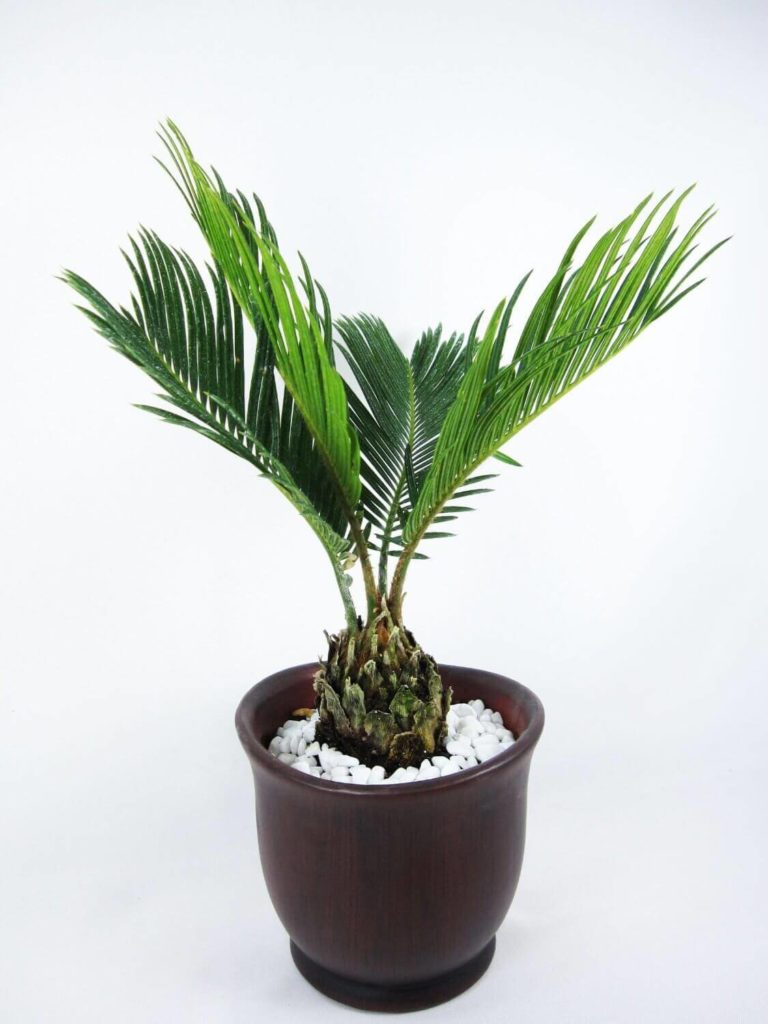
Canary Date Palm: Canary Date Palm is good for indoor but its best for outside. Its leaflets are straight. They live or long and grow slowly like others. They will grow taller if they got good light.
Some Facts about Canary Date Palm:
- Their origin is the Canary Islands.
- Max Growth is 6 ft. indoors.
- It’s non-toxic to Cats and Dogs.
- The average temperature they need is 65°F (18°C) to 50°F (10°C).
- Re-pot is necessary only when it became pot bound.
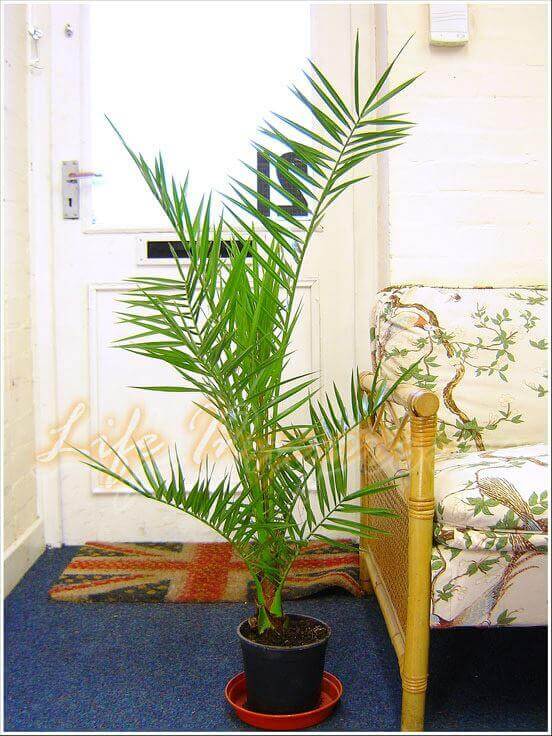
5 thoughts on “Best Air Purifier Plant: PALMS (Arecaceae or Palmae)”
Leave a Reply
You must be logged in to post a comment.

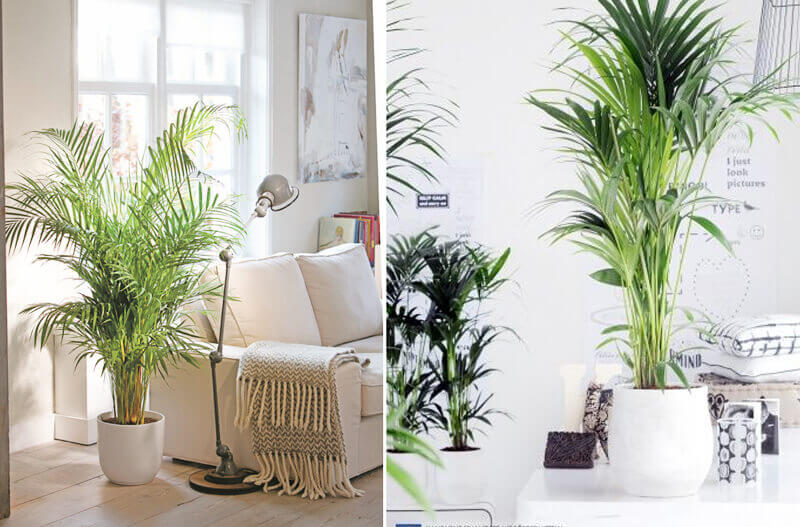
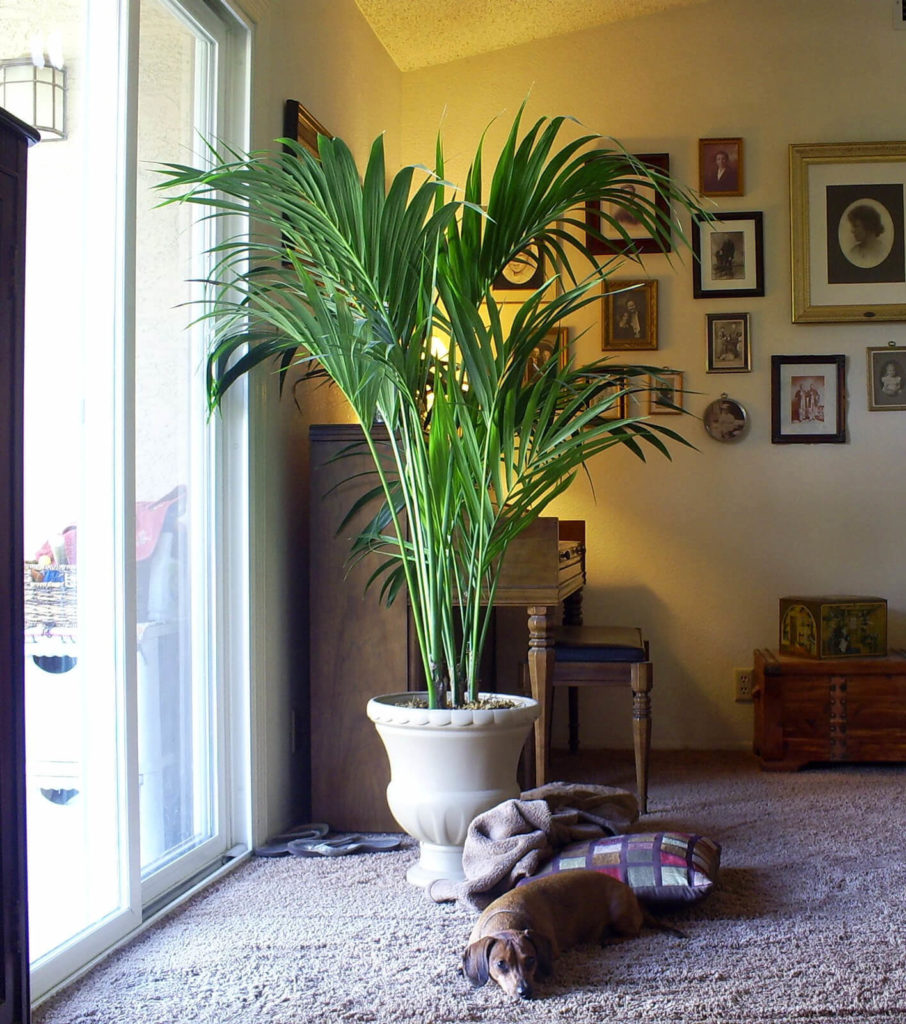
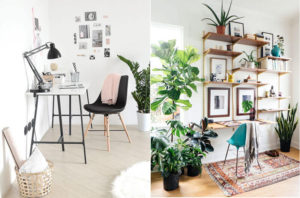

Thank you a bunch for sharing this with all people you really recognize what you’re speaking about! Bookmarked. Kindly additionally talk over with my site =). We will have a hyperlink change agreement among us